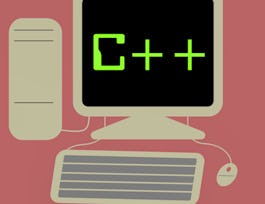Welcome to z/Architecture Assembler Language Part 2: Machine Instructions, the second course in the three part series for the z/Architecture Assembler Language Specialization.
This course teaches z/Architecture machine instructions and Assembler language instructions that a programmer needs to write Assembler application programs and utilizes hands-on labs. By the end of this course, you will be able to: - Code z/Architecture machine instructions that: - Copy data to/from registers - Perform signed binary integer arithmetic operations - Compare signed binary integers - Perform conditional or unconditional branching - Move or compare characters - Operate on bits - Perform decimal arithmetic operations - List the Assembler Jump and Branch extended mnemonics - Understand the role of the PSW condition code - Understand the role of the PSW program mask - Format a decimal number for displaying or printing This is an intermediate course, intended for learners with a background in computer science and professionals that require Assembler knowledge on IBM Z. Before taking this course, you should have completed the first course in the three part series for the z/Architecture Assembler Language Specialization, z/Architecture Assembler Language Part 1: The Basics. To complete the labs, you need basic knowledge of TSO/ISPF and JCL. In particular, you should know how to: - Logon to TSO - Edit a file with the ISPF editor - Submit a job - View a job's output in SDSF You can learn about TSO/ISPF in the course Getting Started on Mainframe with z/OS Commands and Panels.



















